Five Things You Don't Need In Your Next Smartphone
Gadget bloggers tend to share a few key traits, and one of those is an inability to resist high-end hardware. Super-fast processors, hi-res screens and next generation features get our blood rising. But we sometimes get blinded by our desire for specs, and all too often we ignore the high price that these features come with. Let's take a step back and examine the need, or lack thereof, for some of the capabilities of the latest round of smartphones.
In the last few months I've reviewed a lot of smartphones, at all different price points. And while I still love flagship phones and cutting-edge features (I carry a Samsung Galaxy Nexus, for the sake of disclosure) I've reached the conclusion that a lot of people are paying for features they don't need, even if they want them. I'm not saying you shouldn't spend a lot on a cool new device, or get excited for top-of-the-line specs. Heck, my job pretty much depends on your excitement. But there's a lot of features that aren't nearly as important as they're sometimes made out to be – even by yours truly.
Here in no particular order are five features that just aren't essential for new smartphones. If you want them, more power to you – just consider that their absence probably shouldn't be a make-or-break factor in your buying decision.
Crazy high-resolution screens – Most of the latest Android and WP7 superphones have 720p screens. These are impressive... but they're not so much than qHD (960x540) screens. For anything with a screen 5 inches or smaller, 720p is overkill.
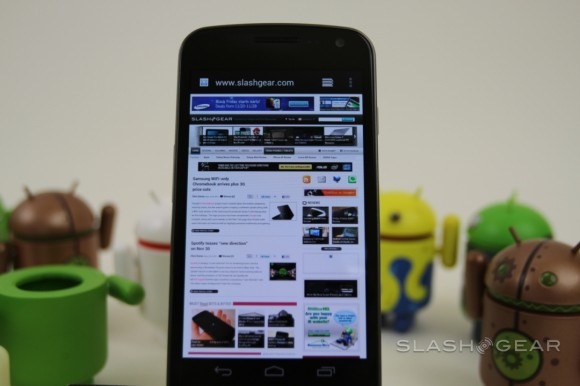
Quad-core processors – We love the ASUS Transformer Prime, and there were a lot of quad-core devices like the Huawei Ascend D Quad at MWC. But to tell the truth, there's not a whole lot of utility in these ultra-fast SoCs. Unless you just have to have some amazing gaming performance, dual-core processors (with plenty of RAM) will do.Super thin phones – The DROID RAZR and other thin phones are undeniably desirable. But much like the original RAZR and its stablemates, their thin builds don't actually add much to their usability. A 12mm "thick" device isn't going to bust your pocket, and it'll probably have a bigger battery, too.
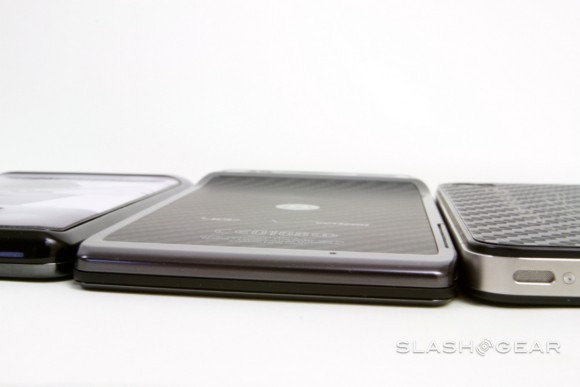
High-megapixel cameras – The Sony Xperia S has a 12.1MP camera. The HTC Titan II has a 16MP camera. The trouble is, both of the image sensors on these phones are just a few square millimeters wide, so while you're getting more pixels, you're not necessarily getting more quality. The iPhone 4 takes great photos with 5MP, and the 4S and Galaxy S II do even better with 8. We'll see how Nokia's efforts with its PureView cameras go in a few months.NFC – Near-field communication is an undeniably cool piece of tech. But in the year or so that it's been available outside of Asia, it hasn't been adopted by enough retailers or manufacturers to be useful on a regular basis. Android Beam notwithstanding, it shouldn't be a major factor in any phone purchase just yet.
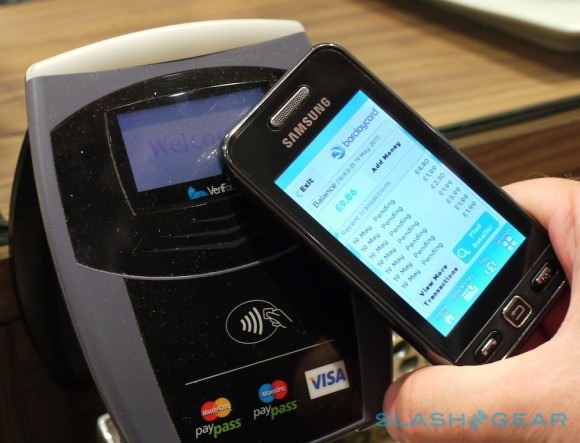
On the flip side, there are a few features that don't get as much digital ink as they should, but make a big difference in everyday operation. Here's five features (again, in no particular order) that should be considered when buying a new phone.
AMOLED or IPS screens – Believe it or not, the type of display used in a phone makes a much bigger difference in its usability, at least when size and resolution are close. The brightness of AMOLED screens (particularly Samsung's) and the color accuracy of IPS (particularly LG's) make using smartphones a much, much better experience.
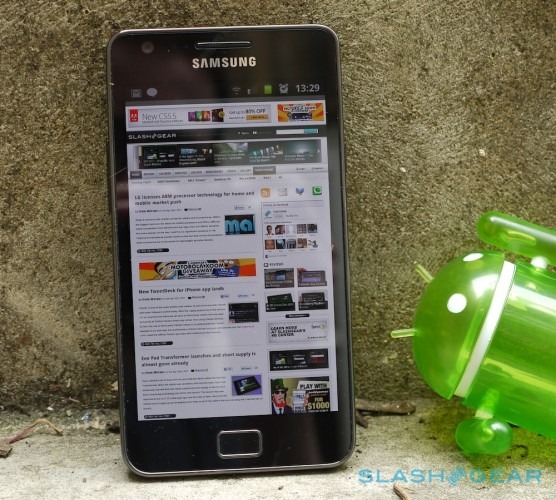
A loud speaker – Whether you're in the habit of listening to music or videos without headphones, or just use the speakerphone often, a weak, tiny speaker is a major annoyance. If you get a chance to try out your phone at retail be sure to test the external speaker. There are a few options if you've already made your purchase.USB Mass Storage – take it from a Galaxy Nexus owner: the MTP connection standard that Google (and others) have begun to adopt instead of the more standard USB mass storage is a pain. That's doubly true if you use a Mac (though iPhone users don't really have a choice in that matter). If you frequently access your phone's storage or SD card, you want the more basic USB mass storage mode.A big battery – Battery tech has the had the least amount of innovation in the last few years when compared to the rest of the tech world. And if batteries aren't getting better, they'll have to get bigger. The DROID RAZR MAXX has some pretty incredible engineering to get a gigantic battery in a small frame, and the Galaxy Note gets one nearly as big just because it's got more space. Consider looking for a 2000mAh+ battery, especially if you're getting an LTE phone. Speaking of which...
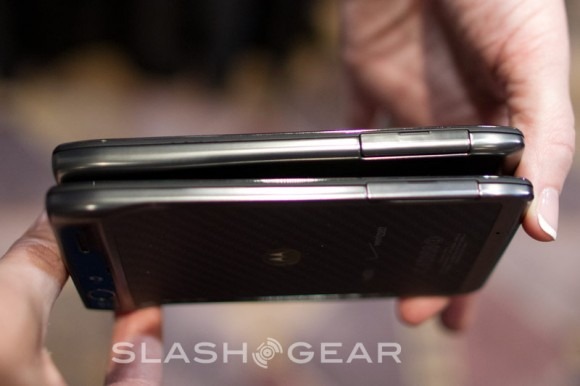
4G LTE – yep, it really is that much better and faster than HSPA+ (which both AT&T and T-Mobile call "4G"). If you live in an urban area and you don't have LTE yet, odds are pretty good that you will before the end of your next two-year contract.
A little perspective can go a long way, and that's all I'm offering here. Again, I'm not saying that these particular high-end features are bad, just that they shouldn't be an absolute must for the vast majority of users. Next time you're in the market for a smartphone, consider saving a little cash by foregoing something you may not really need.
